Choosing the right seat for your child can be overwhelming. With so many options available, how do you decide between a booster seat and a car seat?
You want the best for your child, ensuring their safety and comfort during every ride. But did you know that the type of seat you choose can influence your child’s safety and even your peace of mind? Understanding the differences could be crucial for making the best decision.
Let’s dive into what sets these seats apart and why knowing the distinctions can make all the difference for you and your family. Stay with us as we explore the essential factors you need to consider, ensuring every ride is both safe and stress-free for you.
Safety Standards
Choosing between a booster seat and a car seat depends on a child’s age and size. Booster seats elevate children, ensuring seat belts fit correctly. Car seats provide more protection for younger children with harnesses. Always check safety standards for the best choice.
When it comes to keeping your child safe in a vehicle, understanding the difference between booster seats and car seats can be crucial. Safety standards are in place to protect your child, and knowing these can guide you in making informed choices. Let’s delve into the safety standards for both booster seats and car seats, and how they impact your child’s safety.
Understanding Safety Standards For Car Seats
Car seats are designed with the youngest passengers in mind. They undergo rigorous testing to ensure they provide the highest level of protection. The tests simulate real-life crash scenarios to assess the seat’s effectiveness. These standards include features like a five-point harness system, which secures your child at the shoulders, hips, and between the legs. This system minimizes movement during an impact, reducing the risk of injury. If you’ve ever struggled with installing a car seat, you’re not alone. Many parents find it challenging, but it’s worth ensuring your child’s safety.
Booster Seat Safety Standards Explained
Booster seats are for older children who have outgrown their car seats but are not yet big enough for a seat belt alone. They help position the vehicle’s seat belt correctly over the stronger parts of a child’s body, like the shoulder and hips. One key safety standard is the use of side-impact protection. This feature absorbs energy during a crash, offering extra protection. Have you ever noticed a booster seat with high back and side wings? That’s side-impact protection in action.
Differences In Safety Standards: Car Seat Vs. Booster Seat
The core difference in safety standards lies in the age and size of the child. Car seats cater to infants and toddlers, ensuring they are snugly strapped in. Booster seats, however, are for children who have outgrown their car seats but still need that boost to fit the vehicle’s seat belt properly. While car seats use a harness system, booster seats rely on the vehicle’s seat belt. This transition is significant. It marks a shift in responsibility from the seat to the car’s built-in safety features.
How To Decide: Car Seat Or Booster Seat?
So, which should you choose? Consider your child’s height, weight, and age. Does your child sit comfortably with the seat belt crossing the shoulder and not the neck? If yes, a booster might be right. If no, stick with a car seat. A simple test: have your child sit on the booster seat and buckle the seat belt. If the belt sits across the chest and not the stomach, you’re on the right track. Always double-check against the manufacturer’s guidelines.
Key Takeaways On Safety Standards
Safety standards are there to keep your child safe. Whether choosing a car seat or booster seat, ensure it meets the latest regulations. Always follow the manufacturer’s instructions and replace any seat involved in a crash. Remember, your child’s safety is worth the extra effort. Which safety feature do you prioritize in your child’s car seat or booster seat journey?
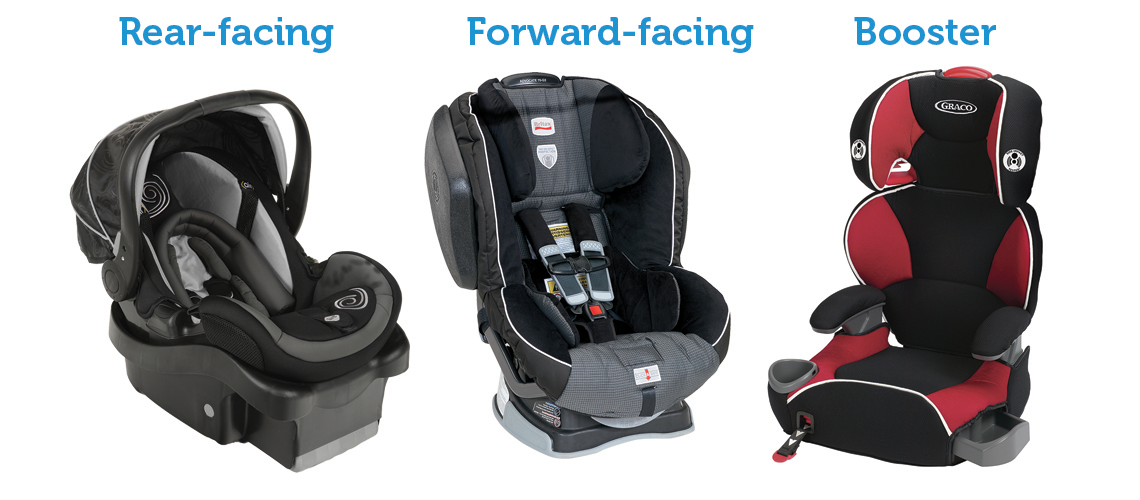
Credit: wb-iisg.com
Age And Size Requirements
Choosing between a booster seat and a car seat can be confusing. Parents need to know about bassinet because the age and size requirements for each. Safety is the top priority for every parent. Understanding these requirements ensures your child’s safety on the road.
Age And Size For Car Seats
Car seats are for infants and toddlers. They are used from birth until the child is about four years old. Most car seats support children up to 40 pounds. The child’s height should be below the seat’s height limit.
Car seats come in rear-facing and forward-facing models. Infants should use rear-facing car seats. These seats offer the best protection for their delicate bodies.
Age And Size For Booster Seats
Booster seats are for older children. They are used after the child outgrows the car seat. Generally, children switch to booster seats between ages 4 and 7. They should weigh at least 40 pounds.
Booster seats help position the seat belt properly. The seat belt should lie across the shoulder and chest, not the neck. This ensures the child is secure and comfortable during the ride.
Signs It’s Time To Switch
Watch your child’s growth closely. Once they surpass car seat limits, switch to a booster seat. Check the car seat manual for specific weight and height limits.
If a child feels cramped in the car seat, it’s time to evaluate. Make sure the seat belt fits correctly in a booster seat. Safety should always be the guiding factor.
Installation Techniques
Booster seats and car seats have distinct installation methods. Booster seats simply align with the vehicle’s seat belt. Car seats require secure harnesses and anchors for safety. Proper installation ensures child protection during travel.
Installing a booster seat or car seat in your vehicle can be a daunting task, but with the right techniques, you can ensure your child’s safety without the stress. The key lies in understanding the specific requirements of each seat type and following them diligently. Whether you’re a first-time parent or have multiple little ones, getting the installation right is crucial. So, let’s dive into the nitty-gritty of installing these seats.
Understanding The Basics
Before you get started, familiarize yourself with the manual that comes with your seat. It contains vital information tailored to your specific model. It’s not just about reading; it’s about understanding how each component fits together. Your car’s manual is equally important—it provides details on the seatbelt or latch system compatibility.
Car Seat Installation Techniques
Car seats often require a bit more effort during installation. First, ensure the seat is rear-facing if your child is under two years old. Align the seat with the vehicle’s seat belt or latch system. Tighten the seat belt or latch strap until there’s no more than an inch of movement side-to-side or forward. You might need to put your knee in the seat for leverage. Check the angle indicator on the seat to ensure it’s properly reclined.
Booster Seat Installation Techniques
Booster seats are generally easier to install. Position the booster seat on the vehicle’s seat, ensuring it sits flat. Use the car’s seatbelt to secure your child. The seatbelt should lie snug across the shoulder and chest, not the neck or face. The lap belt must go across the upper thighs, not the stomach. Adjust the booster seat’s height if necessary to achieve proper seatbelt placement.
Common Mistakes To Avoid
A common mistake is a loose seat installation. Even if it looks right, double-check the tightness. A loose seat can endanger your child’s safety. Another oversight is ignoring the angle indicators. These indicators are there for a reason—to ensure your child remains comfortable and safe during travel. Lastly, don’t rush the process. You might be in a hurry, but taking those extra few minutes can make all the difference.
Personal Experience: A Lesson Learned
I remember my first car seat installation—overwhelmed with instructions, I hurried through it. On the first drive, the seat wobbled, reminding me of the importance of a tight fit. I pulled over and spent time adjusting it properly. That experience taught me to never underestimate the importance of reading and understanding the manual. Have you ever faced a similar situation, where haste led to a crucial oversight? What strategies helped you improve your installation technique? Ensuring your child’s safety starts with a proper installation. By paying attention to these techniques, you can travel with peace of mind.
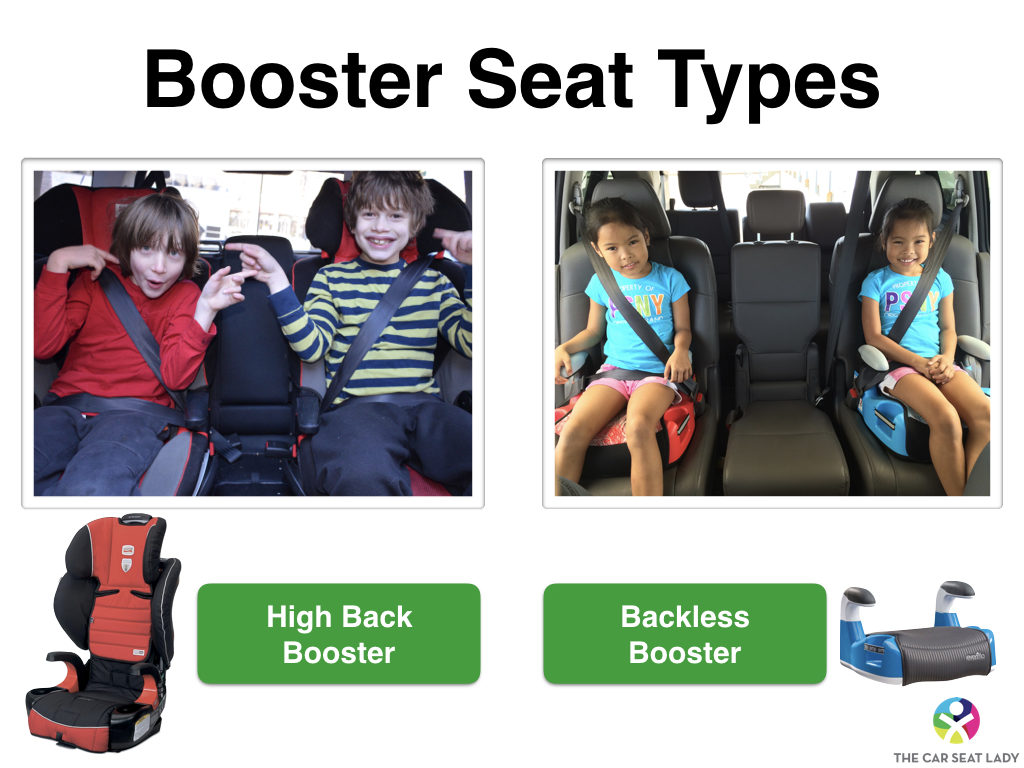
Credit: thecarseatlady.com
Comfort And Convenience
Choosing between a booster seat and a car seat affects both comfort and convenience. Car seats provide more security for younger children, offering a snug fit and safety features. As kids grow, booster seats offer more comfort and freedom, making them ideal for older children who need a little extra height.
When deciding between a booster seat and a car seat, comfort and convenience are key factors that influence your choice. As a parent, you want your child to be safe, but you also want them to be comfortable during long drives. Additionally, the ease of use can make your life as a parent much smoother. Imagine not wrestling with complicated straps in a busy parking lot.
Comfort For Your Child
Your child’s comfort is crucial. A car seat, with its plush padding and snug fit, can feel like a cozy hug. However, as your child grows, they might feel restricted in a traditional car seat. A booster seat, on the other hand, offers more freedom for older kids. They can sit more upright and adjust their posture with ease.
Convenience For Parents
You want a seating option that’s easy to handle. Car seats can be bulky, making them challenging to transfer between vehicles. Booster seats are lighter and usually have fewer parts, which means easier installation. Have you ever tried to install a car seat with a toddler in tow? A booster seat can be a lifesaver with its simplicity.
Adjustability And Versatility
Car seats with adjustable harnesses and headrests can grow with your child. This adjustability means longer use, potentially saving you money. Booster seats, however, cater to the needs of older kids who have outgrown car seats. They offer the versatility of using the vehicle’s seatbelt system, which many kids find more grown-up.
Travel-friendly Options
Frequent travelers need to consider portability. Car seats can be cumbersome on flights or when using rental cars. Booster seats are more travel-friendly, often folding compactly. This feature is a relief when you’re juggling luggage and a cranky child in an airport.
Ease Of Cleaning
Kids are messy, and car rides can result in spills. Car seats with removable and washable covers are a boon for parents. Booster seats, with their simpler design, can be easier to wipe down. Which option sounds more appealing after a long day out? In the end, consider what best suits your family’s lifestyle. You might prioritize ease of use, or perhaps your child’s comfort tops your list. Either way, understanding these factors can guide you to make a choice that keeps everyone happy on the road.
Cost Considerations
Choosing between a booster seat and a car seat involves many factors. One of the major considerations is cost. Parents often weigh the price against safety and durability. Understanding the cost implications can guide you in making the right choice. Let’s break down the cost aspects of booster seats and car seats.
Initial Purchase Price
Car seats generally have a higher initial cost. They often come with more features. Booster seats, in comparison, are usually cheaper. This makes them appealing to budget-conscious parents.
Longevity And Durability
Car seats often last longer. They can be used from infancy to early childhood. Booster seats are used for a shorter period. This may affect overall cost-effectiveness.
Potential For Resale
Car seats might have a higher resale value. They are often in demand due to their longer usage span. Booster seats can also be resold, but typically at a lower price.
Additional Costs
Think about accessories and replacements. Car seats might need extra padding or covers. Booster seats might require fewer additional purchases.
Common Misconceptions
When it comes to choosing between a booster seat and a car seat, many parents are often confused due to common misconceptions surrounding these essential safety devices. It’s crucial to understand the differences and dispel myths to ensure the safety of your child during travels. Let’s dive into some of these misconceptions and clarify what you need to know.
Misconception 1: Booster Seats Are Only For Older Kids
Many parents mistakenly believe booster seats are only suitable for older kids. In reality, booster seats are designed for children who have outgrown their car seats but are still too small to use the vehicle’s seat belts safely. These seats ensure the seat belt fits your child correctly, providing crucial protection in the event of a crash.
Have you ever noticed how a seat belt cuts across your child’s neck or stomach in a regular car seat? This can be dangerous. Booster seats adjust the height, ensuring the belt rests on the shoulders and hips, minimizing injury risks.
Misconception 2: Car Seats Are Safer Than Booster Seats
Many assume car seats are inherently safer than booster seats. While car seats offer excellent protection for infants and toddlers, booster seats are specifically designed for children who have outgrown car seats. Each serves a unique purpose based on your child’s weight and height.
Imagine being cramped in a space that doesn’t fit you anymore. That’s how a child feels in a car seat that’s too small. As they grow, transitioning to a booster seat is not just about comfort but safety, ensuring the seat belt fits properly.
Misconception 3: Once A Child Turns A Certain Age, They Can Stop Using Booster Seats
A common myth is that children can ditch booster seats once they reach a certain age. Age is not the determining factor; it’s about height and weight. The goal is to use a booster seat until the vehicle’s seat belt fits your child properly without it.
Consider this: Would you let your child ride a bike without ensuring the helmet fits correctly just because they’ve turned a certain age? Safety standards are about fit, not age. Always check guidelines and ensure the seat belt fits snugly across your child’s chest and lap before transitioning away from booster seats.
Misconception 4: Booster Seats Are Unnecessary For Short Trips
Some parents think it’s okay to skip booster seats for short trips. This is a dangerous misconception. Accidents can happen at any time, regardless of trip length. A booster seat is crucial for every journey, ensuring your child’s safety is never compromised.
Do you remember the time you thought, “It’s just around the corner”? That quick trip is not exempt from risks. Always prioritize your child’s safety, even for the shortest distances.
Understanding these misconceptions can help you make informed decisions for your child’s safety. Next time you buckle up your little one, consider these insights and choose wisely. Your child’s safety is worth it!

Credit: infagroup.com.au
Frequently Asked Questions
What Is A Booster Seat?
A booster seat is designed for older children who have outgrown a car seat. It elevates a child so that the seat belt fits properly. Booster seats are used with the vehicle’s seat belt, offering protection and ensuring the belt fits correctly over the child’s shoulder and lap.
When Should You Switch To A Booster Seat?
Switch to a booster seat when your child exceeds the car seat’s weight or height limits. Typically, children can transition around ages 4 to 8. Ensure the seat belt fits correctly over their shoulder and lap. Check manufacturer guidelines for specific weight and height recommendations.
How Do Booster Seats Differ From Car Seats?
Booster seats differ from car seats primarily in their design and usage. Car seats have harnesses for younger children. Booster seats use the vehicle’s seat belt for older kids. They raise the child for proper belt positioning. Booster seats are generally for children who are heavier and taller.
Are Car Seats Safer Than Booster Seats?
Both car seats and booster seats are safe when used correctly. Car seats provide more restraint for younger children. Booster seats ensure proper seat belt placement for older kids. It’s essential to choose the right seat based on your child’s age, weight, and height for optimal safety.
Conclusion
Choosing the right seat ensures your child’s safety. Booster seats fit older kids. Car seats protect younger children. Both are essential for road safety. Consider age, weight, and height. Check seat guidelines for best fit. Always prioritize safety and comfort.
Proper installation matters. Avoid common mistakes. Regularly inspect the seat’s condition. Replace when necessary. Keep your child secure during every drive. Parents should stay informed. Research helps make smart decisions. Safe travel builds peace of mind. Make the right choice for your family.
Safety is never optional.
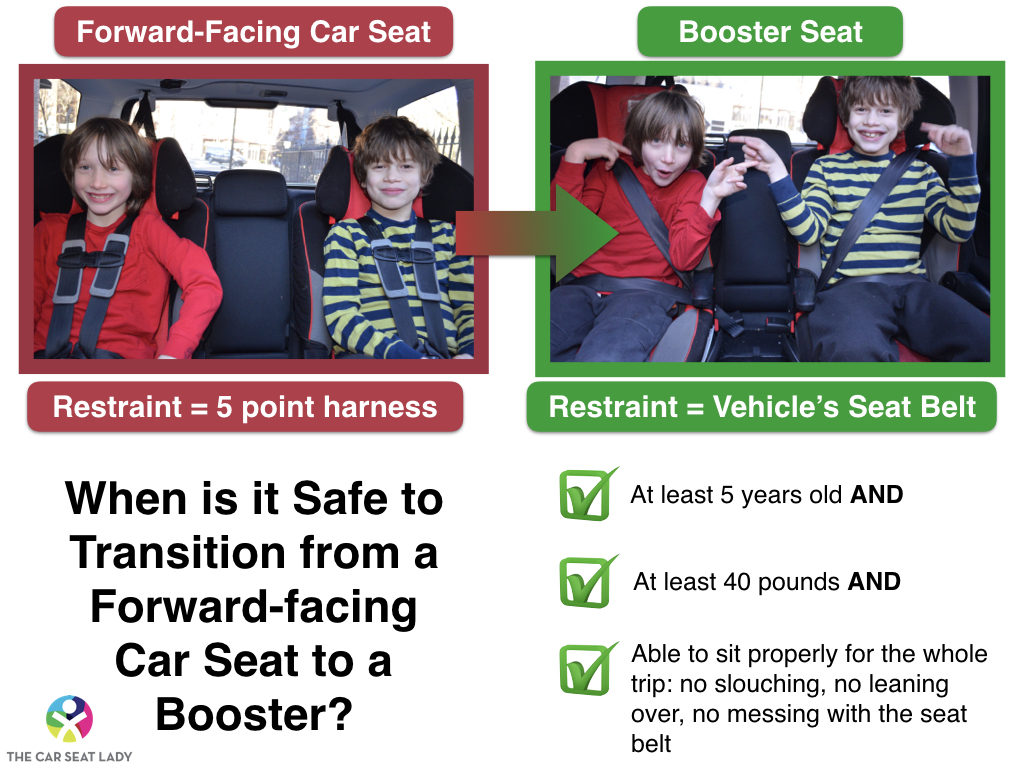

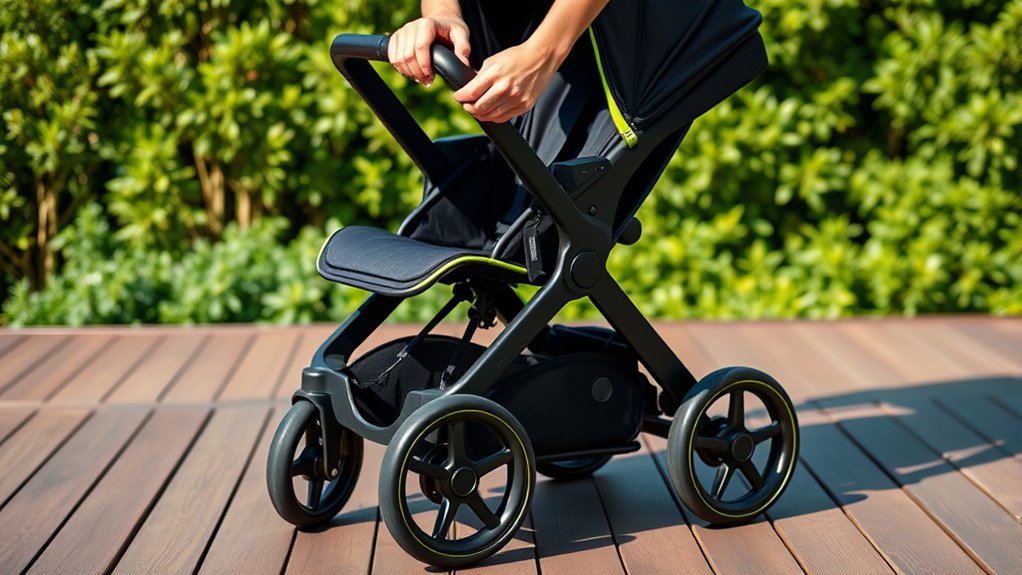
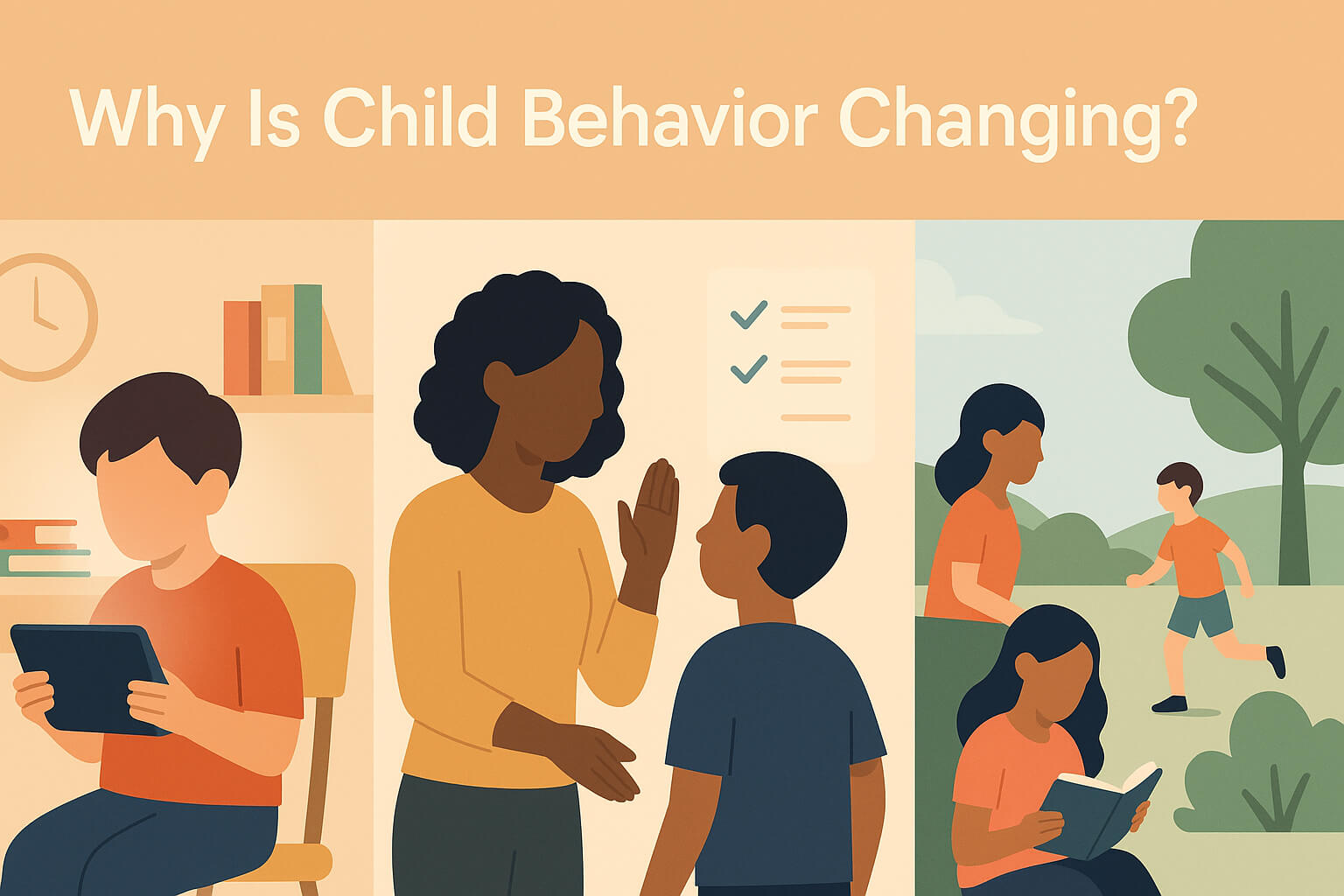


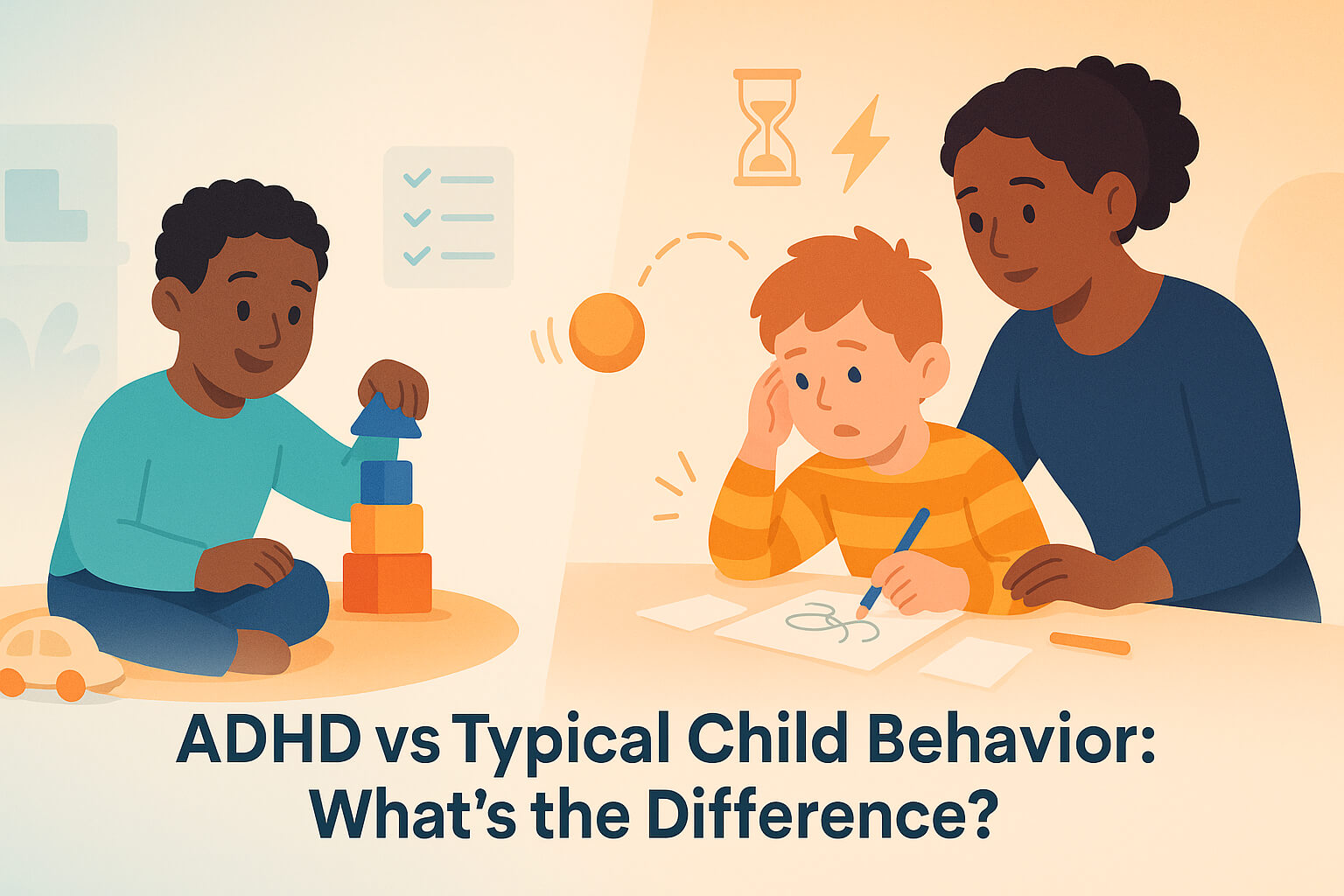

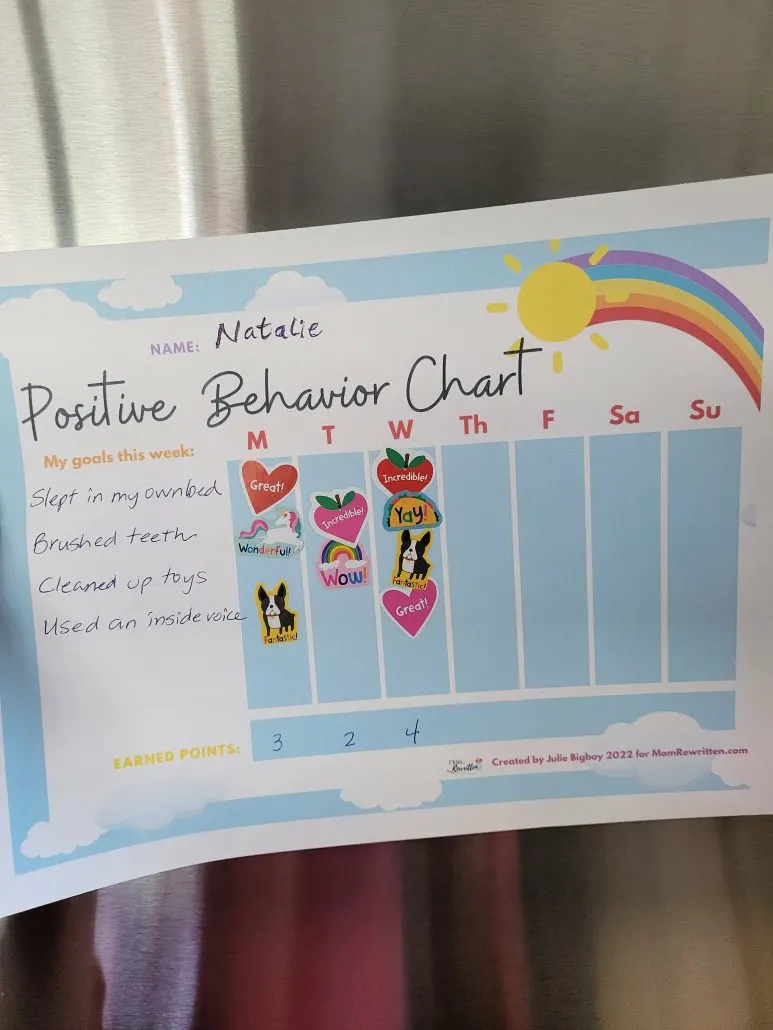
5 thoughts on “Booster Seat Vs. Car Seat: Choosing the Safest Option”